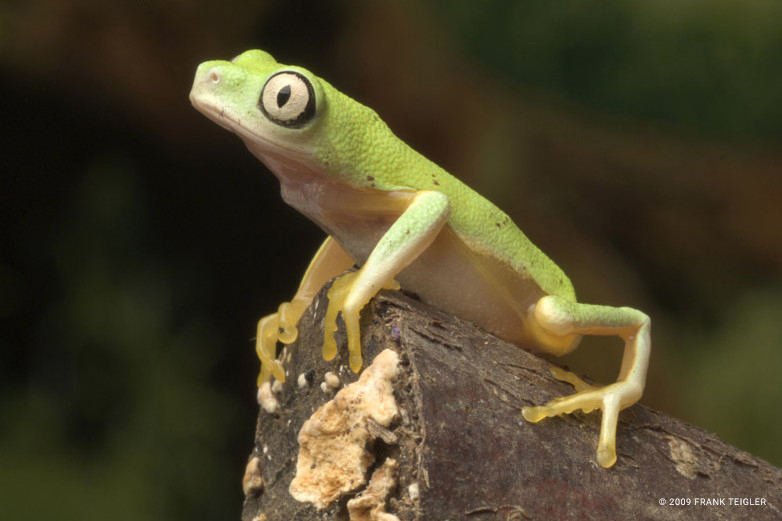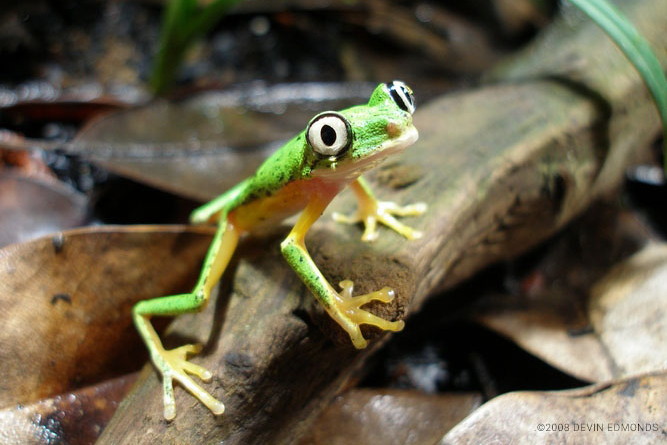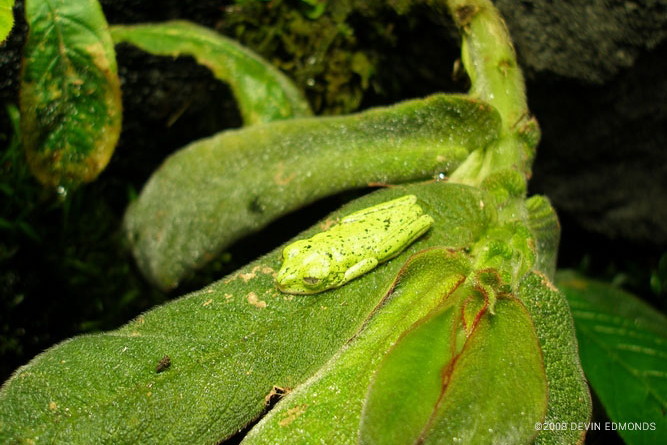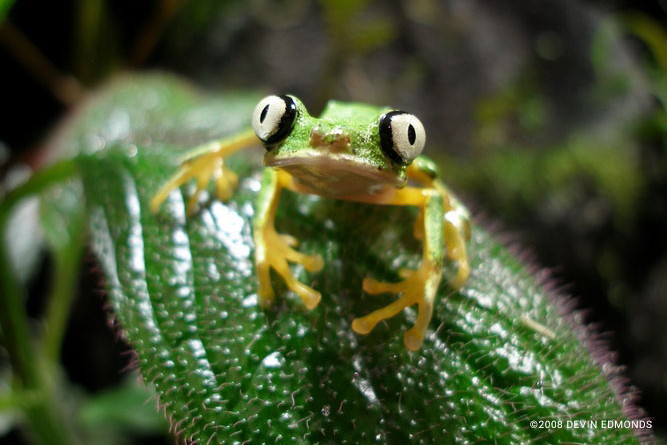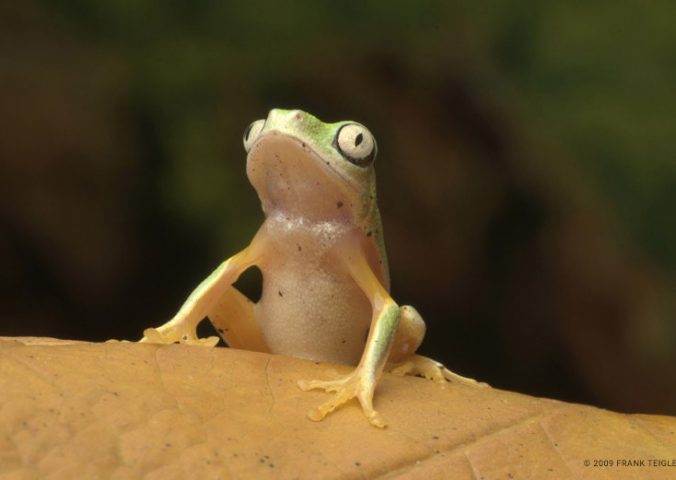About
The lemur leaf frog is a frog that is found in Colombia, Costa Rica and Panama.
During the day the lemur leaf frog is a vibrant green but darkens to brown as night approaches. This characteristic enhances its ability to camouflage in the day and hunt at night. This species will lay their eggs under resting leaves overhanging a water supply. Depending on the temperature food and water supply, tadpoles will usually drop into the water at around 7 days after being laid. They are part of the Hylidae or “Treefrogs” families, which have a fossil record going back to the Palaeocene (65 to 53 million years ago), suggesting the hylid frog lineages originated either in the late Cretaceous or early in the Cenozoic period, around the time of the extinction of the dinosaurs. Although the Hylomantis lemur was once considered a common species in Costa Rica it has since declined in population. With more than an 80% decrease in population in a period of 10 years it is now closely being monitored in Panama where it is still abundant in the lower elevations of central and eastern parts of the country. The first in situ conservation effort for the lemur leaf frog was started in 2003. The project, carried out by the Costa Rican Amphibian Research Centre, consists of introducing tadpoles to artificial ponds every year, gradually increasing the wild population of the frog inside of the reserve. The project has been so successful that the frogs are spreading from the centre.
- Order: Anura
- Family: Phyllomedusidae
- Population: Common
- Trend: decreasing
- Size: 30-45mm
- Weight: 2-4g
EDGE Score
Distribution
This species occurs in Costa Rica, Panama and marginally in Colombia. It occurs predominantly on the Atlantic versant from the vicinity of Tilaran, Guanacaste Province, Costa Rica, to western Panama.
Habitat and Ecology
This is a nocturnal species, associated with sloping areas in humid lowland and montane primary forest. The eggs are usually deposited on leaf surfaces and larvae are washed off or fall into the water below the laying site.
